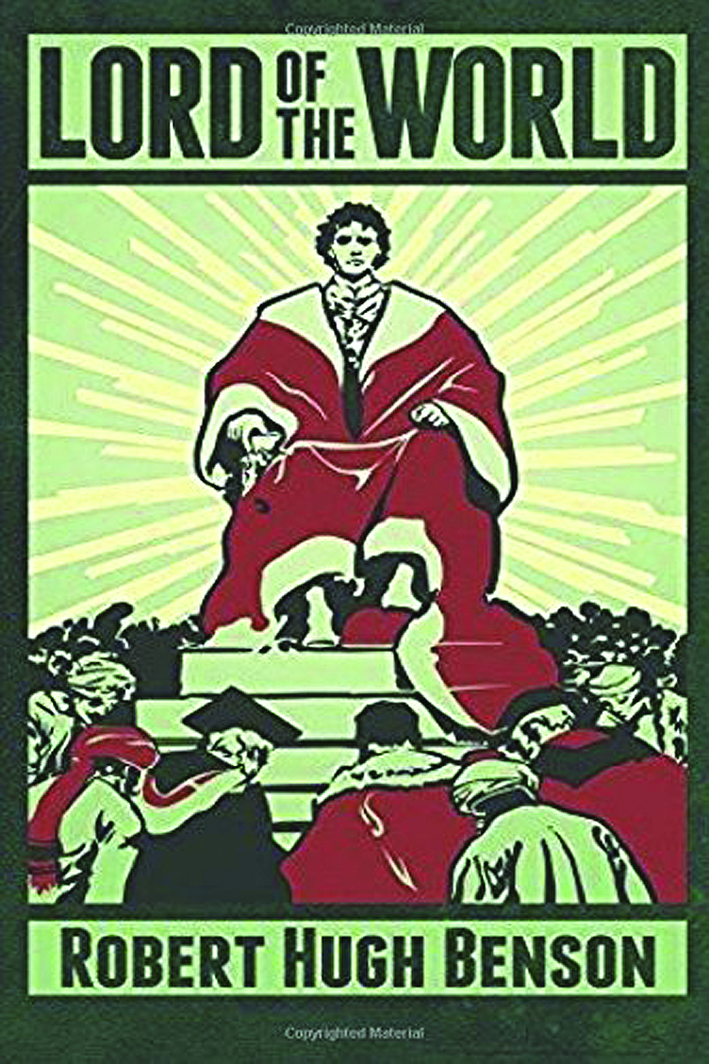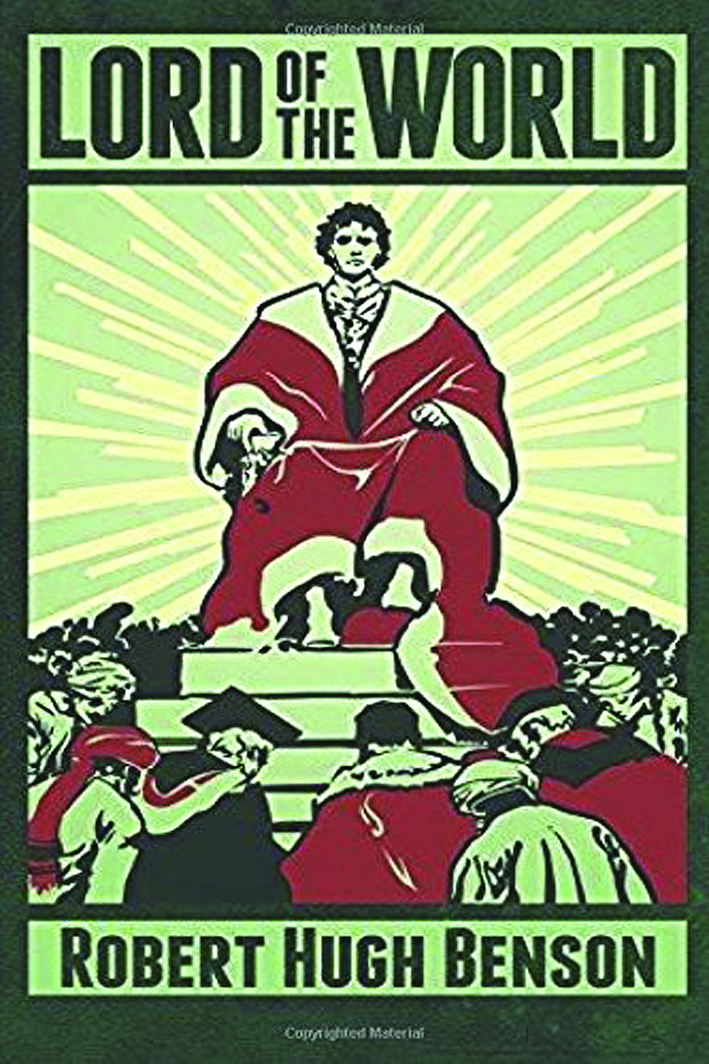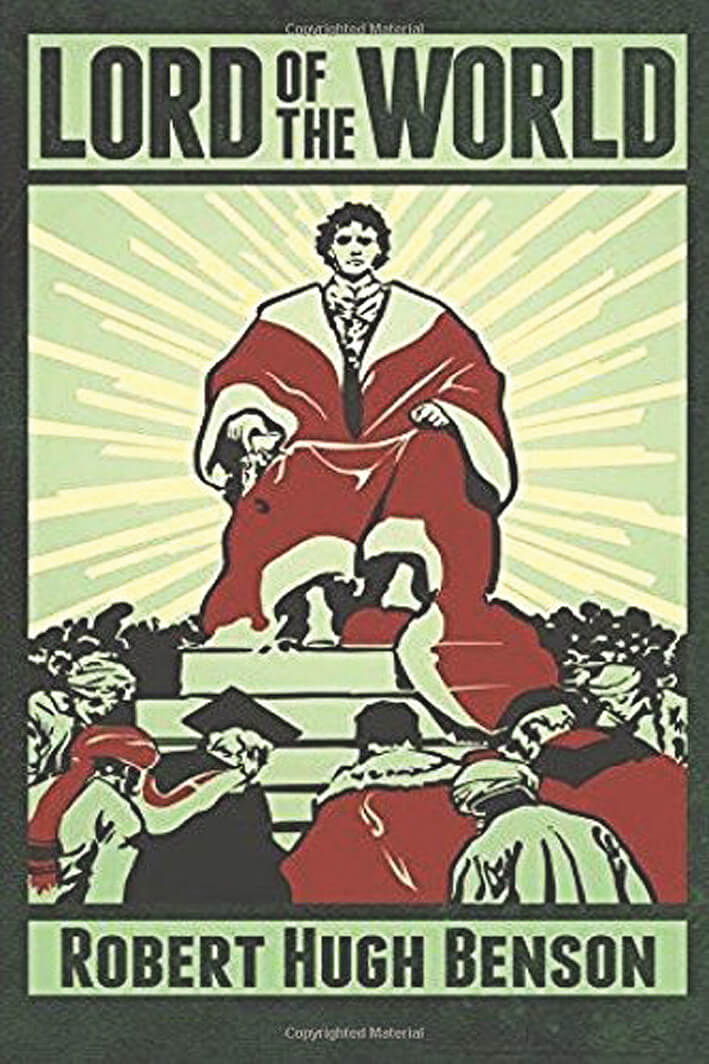
sickness and death.
Top, Christ in the House of Martha and Mary: Christ will raise Lazarus in the presence of his entire family.
The Pontifical Council for the Family has come out — just in time for the Synod — with a monumental compendium of magisterial teaching on marriage and the family: an Enchiridion della famiglia e della vita (a “Handbook for the Family and for Life”). The work is published by the Vatican Press.
The chief editor is Father Gianfranco Grieco, the “capoufficio” (head official) of the Vatican Council for the Family, assisted by Maria Milvia Morciano.
In more than 3,000 pages, the editors have collected hundreds of conciliar and magisterial documents regarding family life from a period of time spanning seven centuries, beginning with the “Decreto agli Armeni” (“Decree to the Armenians”) of 1439, during the Council of Florence, and including some of the most recent discourses of Pope Francis. The book covers carefully the 13 most recent pontificates, from Pius VII to Benedict XVI.
Encyclicals, letters, talks, apostolic constitutions, motu proprio, homilies, radio transmissions: the spectrum of the texts presented is vast.
The texts bear witness to “the continuity of a tradition that, from the time of biblical Revelation, develops in an original and profound way throughout all of human history, in the nexus between epochs and cultures and ecclesial experiences, pastoral concerns and theological reflections,” Archbishop Vincenzo Paglia, President of the Council for the Family, notes in his Introduction.
It is the family which preserves human society, and “the Church, from her beginnings, has sensed her responsibility to help Christian families to live their lives according to Gospel principles,” Paglia continues. “The development of Christianity itself occurred due to a network of families, showing in this way the very close relationship there is between the life of the Church and the life of Christian families.”
Leafing through the work, one discovers that, until the Council of Florence, only Councils and local Synods dealt with questions related to marriage and the family.

entire family.
Bottom, The Wedding Feast of Cana: Christ made clear his love and support for families and marriages through many actions, including the miracle at the wedding feast of Cana
(cf. John 2:1-12).
The first encyclical by a Pope dedicated to matrimony was Arcanum divinae sapientiae by Leo XIII in 1890. There, marriage is presented as an institution both natural, because it belongs to the order of creation, and supernatural, because willed by Christ. As such, marriage has as its principal end the procreation and education of children, together with the reciprocal help the spouses give one another.
In 1930, Pius XI in Casti connubii set forth the three ends of marriage: fides, proles, sacramentum (“faith, children, sacrament”), expressing a very firm condemnation of contraception.
Vatican II gave special attention to marriage in Gaudium et spes. Matrimony there is interpreted as an “intimate community of life and of conjugal love” between man and woman, which presents “multiple values and ends.”
The 1968 encyclical Humanae vitae of Paul VI synthesized the principal characteristics of conjugal love in the marriage sacrament as a fully human, total, faithful and fruitful love.
In the 1980s, the Synod on the Family and the consequent Apostolic Exhortation Familiaris consortio (1981) showed a renewed concern for pastoral issues. Today, “the difficulties facing marriage and the family on the cultural, civil and ecclesial levels — noted in the Instrumentum laboris for the Synod (2014) – constitute a further invitation for the Church, couples, pastors, theologians and for the magisterium itself to undergo an authentic ‘conversion,’” Paglia writes.




Facebook Comments